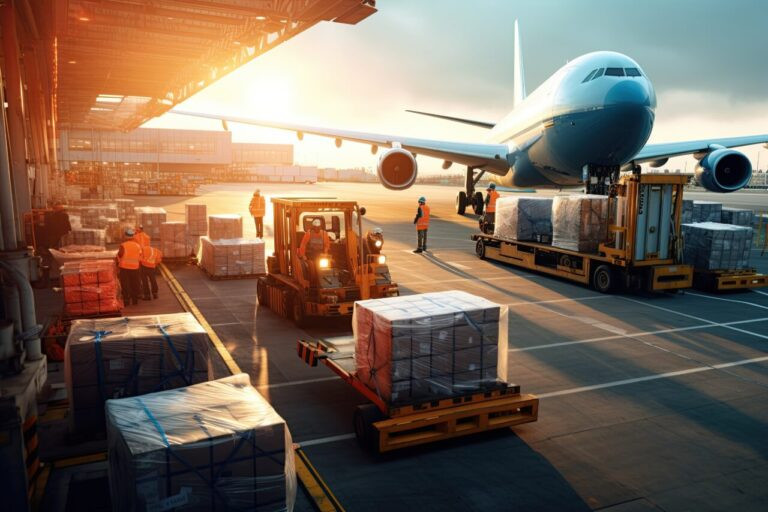The airfreight market across the Middle East has been very upbeat over the past year, showing signs of continued growth. The area, particularly the Gulf region, has and will continue to serve as a critical transit hub linking Asia, Europe, and Africa facilitating efficient connections and transit times, making it an attractive region for airfreight operations.
One of the strongest traits of the Middle East as a hub can be attributed to the infrastructure made available. Gulf Cooperation Council (GCC) states have the ability to identify and extrapolate key characteristics such as geographic location and local infrastructure to really hone in on their strengths and establish operations to cater to their strengths proving advantageous in the entire logistics sphere.
Middle Eastern airlines and non-Middle Eastern airlines alike, including Emirates SkyCargo, Etihad Cargo, Saudia and DHL have been expanding and modernising their fleets and presence in and around the Middle East. They have invested in new, fuel-efficient freighter aircraft and handling facilities to enhance cargo capacity and operational efficiency.
Further, new cargo-dedicated facilities, free trade zones and key airports in the region have seen substantial expansions and enhancements. An example of this is the Dubai South Logistics District and Al Maktoum International Airport which is fostering the growth of airfreight by providing advanced infrastructure and simplified customs procedures. These developments have boosted cargo handling capacities and improved logistics efficiencies creating a thriving airfreight ecosystem of forwarders, handling facilities and operators alike.
We’re seeing a more macro view of this through increasing investment in major airports and free-zones in the region, such as Dubai International Airport (DXB), King Khalid International Airport (RUH) in Saudi Arabia, and the upcoming plans for the Al Maktoum International Airport (DWC) in the Dubai South Logistics District. All of which have undergone significant expansions and upgrades to facilitate growth in volumes
Intermodality
Multimodal supply chain solutions are more common today than the yesteryears. If the recent challenges and disruptions have taught us anything, it is that we need to be resilient and agile in any scenario.
Logistics can be one of the most complicated markets to work in and we work in an array of ever-changing ecosystems. With this, the working model has to be less transactional and more strategic to ensure that we place the correct safeguards in place to cater for supply side shocks and work closely with our clients to provide them with more innovative solutions.
Further, we need to ensure that our teams are at the ready in the event of any disruptions in the marketplace and are well versed to ‘pull the trigger’ in the event of challenges.
From a GCC perspective, rail and surface transport will be a future solution that more and more shippers will opt for. With this, we should see a spike in demand for multimodal solutions from a rail/air perspective with shippers opting to use operators who have access to a larger connected network to truly minimise on transit time.
Dubai has been at the forefront of air/sea/land connectivity to the GCC countries and to the world. Other GCC nations are building their infrastructure and investing a lot of resources, but as the old adage goes “the early bird catches the worm.”
Whilst we await the growth of cargo operations in GCC member states, the UAE will remain as a hub for middle east serving as a growth opportunity for all UAE based businesses / forwarders.
This serves as an opportunity for all UAE operators to continue on the stable foundation that they already have in place and allows for forwarders to identify future growth opportunities in advance based on the advancements in cargo operations across the GCC.





